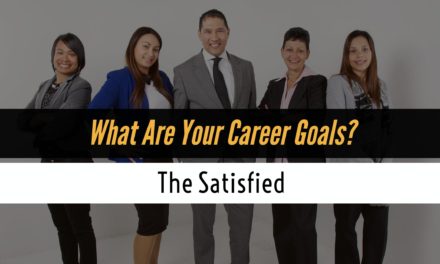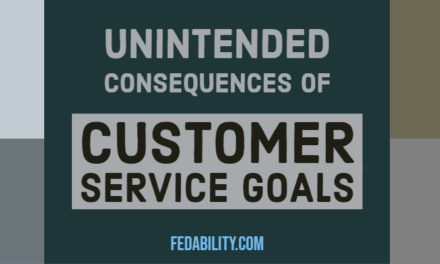Credibility is key if you plan to be a serious contributor in today’s highly technical work environments – especially if you want to forward a strategic change in an organization. This coming Sunday (5/21), my coauthor Dr. Jennifer Murphy and I will be presenting at the Association for Talent Development International Conference on this very topic. The talk is titled: A psychologist and a techie walk into a classroom: Collaborating on a learning strategy is no joke.
Over the course of our careers we’ve found at least four roles you need to gain credibility in before you can drive a strategic change in an organization. Our experience lies primarily within the public sector and military populations in training/talent development. However, we believe that these roles and the challenges that come with them will translate to any industry and to any professional.
4 roles important to drive strategic change
Enabler
This role requires that you can speak the language of executives who will guide the direction of the organization. Part of that role is educating executives on what to look for. And, what criteria they should be using in making those decisions. In addition, it’s helping them know what information they should be asking for from potential consulting groups. Because frankly, there’s a lot of companies out there trying to woo new customers with bells-and-whistles. Bells-and-whistles that an organization may not really need, or worse may not even work. Ultimately, your role will be an honest broker to enable leaders to make decisions on what has the best probability of succeeding versus what sparkles or their friend recommended.
Advocate
While you are enabling executives to make the best decisions, you must also advocate for the employee. That is, the person who will have to effectively perform in the future once the strategic change is implemented. To be an effective advocate, though, you have to be credible enough for the employee to share their challenges. And for employees to be open about what they really need. To gain insight into what they see as strategic change-killers. Their fears of what these changes might mean.
This means doing a lot of listening and observing. This means getting your hands dirty and living in their world to some extent. Learning their language. Demonstrating expertise in their field.
And once you gain that trust and credibility, your role is to make sure to influence leadership. To shape a successful strategic change, you’ll need to take into account the true needs of the employees and advocate for them.
Implementer
This role is about understanding that there is no perfect overlap between the dreams of executives, the needs of employees, and what is possible in the organization. While understanding there is no perfect overlap, it’s working to maximize it as much as possible. In this role you are beginning to build out what the strategic change will look like functionally. Whether a custom solution or making improvements to existing tools and systems.
To do this well, you have to have the credibility in the eyes of the employees and executives that you understand the constraints of their environment. That you can be trusted to balance the trade-offs that will inevitably be required. Whatever the trade-off, it’ll be your job to guide implementation and find out-of-the-box adaptations to maximize outcomes.
Practitioner
A final role is that of the practitioner. This is about knowing your craft – whatever it might be. If you’re a project manager, it’s about staying up to date on best practices and new methodologies. If you’re a learning professional it means ensuring the training is instructionally sound while using a solid evaluation strategy that will show the ROI to executives and allow learners to assess their progress in developing the skills they need. But whatever your craft, it’s about being able to use and share that expertise in a way where you are a credible partner in the strategic change. A partner that brings expertise that is unique and valuable.
In close, we must acknowledge in ourselves that we are more skilled and comfortable in some of these roles than others. But we cannot expect to sit at the table unless we are willing and able to shift among these roles.





